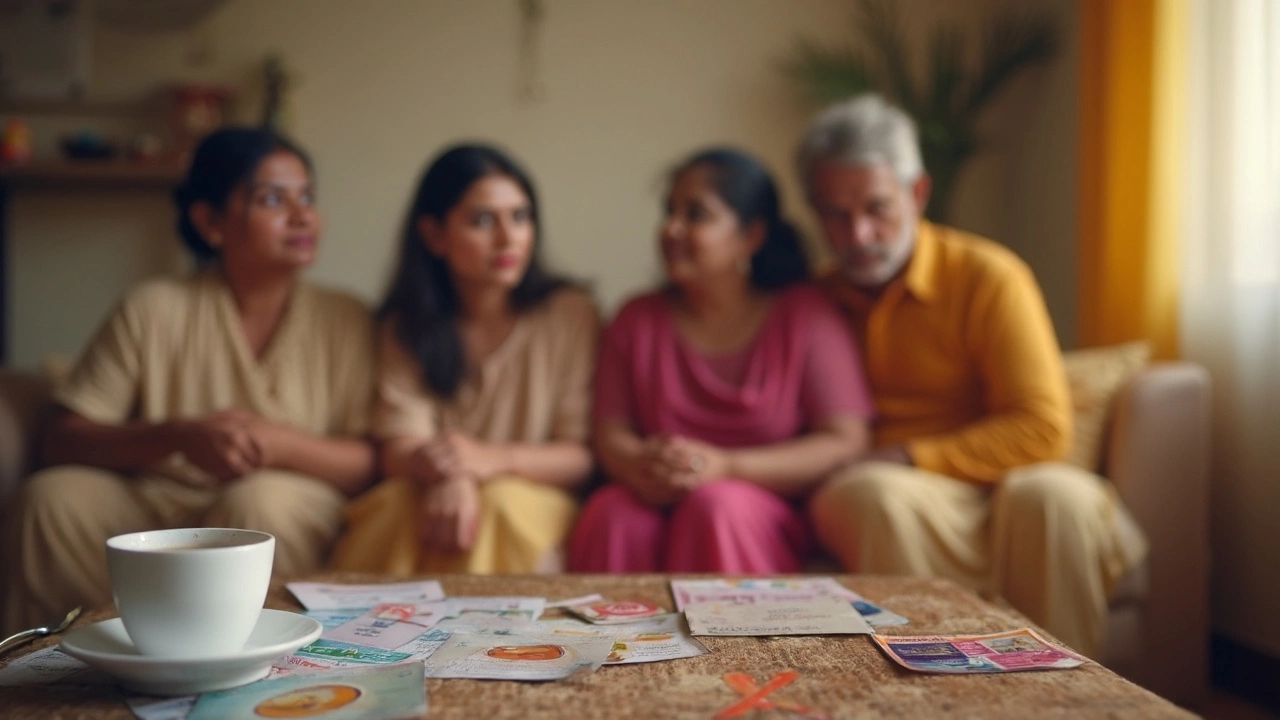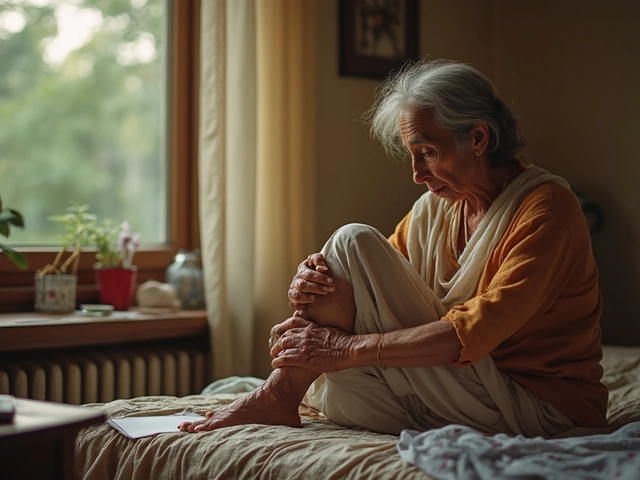Cancer Diagnosis: What You Really Need to Know
Getting a cancer diagnosis can feel like a nightmare, but knowing the process helps you stay in control. In India, doctors follow a clear pathway: you notice a symptom, get a basic check‑up, and then move to specific tests that confirm or rule out cancer.
First, pay attention to warning signs. Unexplained weight loss, persistent pain, a lump that won’t go away, or changes in skin color are red flags. When you notice any of these, book an appointment with your primary physician. They’ll ask about your medical history, lifestyle, and family cancer history. This conversation is the starting point for everything else.
Common Diagnostic Tests in India
Once your doctor suspects cancer, they’ll order one or more of these tests:
- Blood tests: Look for tumor markers like CA‑125 (ovarian) or PSA (prostate). They’re not definitive but point you in the right direction.
- Imaging: Ultrasound, X‑ray, CT scan, MRI, or PET scan show the size and location of a tumor. In many Indian hospitals, a single scan can cover multiple areas, saving time and money.
- Biopsy: A small tissue sample taken with a needle or during surgery. Pathologists examine it under a microscope to confirm cancer cells.
- Endoscopy: A camera on a flexible tube checks the inside of hollow organs like the stomach or colon. It’s common for detecting gastrointestinal cancers.
Each test has its own cost and waiting time, but most major cities have affordable options through government hospitals or private labs offering discounts.
Why Early Detection Matters
Finding cancer early dramatically improves survival rates. For example, breast cancer caught at stage I has a 90‑plus percent five‑year survival, while the same cancer diagnosed at stage III drops to around 40 percent. Early detection also means less aggressive treatment, fewer side effects, and lower expenses.
Screening programs are expanding across India. Women over 40 are encouraged to get a mammogram every two years, while men over 50 should consider PSA testing if they have a family history of prostate cancer. Colonoscopy is recommended after age 45 for anyone with a family history of colorectal cancer.
Don’t wait for symptoms to become severe. If you belong to a high‑risk group—smokers, heavy drinkers, or people with a genetic predisposition—talk to your doctor about regular screenings. It’s a simple step that can save years of life.
After a diagnosis, the next question is treatment. Knowing the exact type and stage of cancer guides doctors in choosing surgery, chemotherapy, radiation, or targeted therapy. In India, many cancer centers offer multidisciplinary teams that discuss your case together, ensuring you get the most effective plan.
Lastly, remember that a diagnosis isn’t the end of the story. Support groups, counseling, and reliable information empower you to make informed choices. Talk openly with your family, ask questions during appointments, and keep a notebook of all test results and medication schedules.
Understanding how cancer is diagnosed puts you ahead of the game. Stay alert to symptoms, get the right tests, and act quickly—your health depends on it.

Fastest Killing Cancer: Types, Symptoms, and Urgent Facts
Curious about which cancer kills the fastest? Learn why pancreatic cancer tops the list, the symptoms to watch for, and what you can do if you spot early warning signs.

Does Express Scripts Cover Ozempic Costs?
Apr, 3 2025



